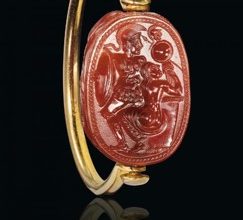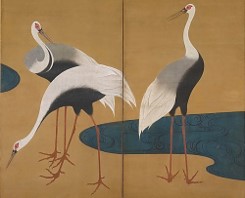
Hammer Museum’s ‘Paul McCarthy: Head Space’ draws a revelatory picture of L.A. artist
Christopher Knight | LA Times | 13th February 2020
McCarthy’s own gallery describes his oeuvre as “anarchic”. So where should a retrospective focus? Hammer Museum chooses drawing, a constant in his long career. Surrealism and Expressionism were formative influences. Unifying McCarthy’s diverse output is his constant attention to one key theme: “overwhelming physical, psychological and emotional toxicity within a culture that elevates beastly male power above all else”.



